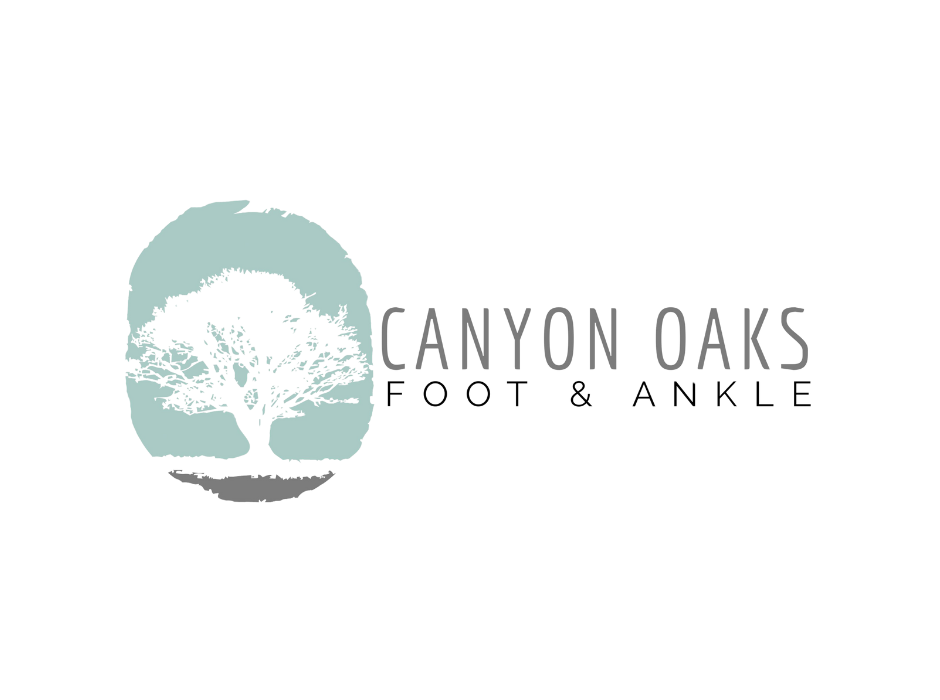Also known as “Pump Bump”, Haglund’s deformity is caused when pressure against the back of your heel causes bursitis to set in and a swollen bump to form. This is often associated with high-heeled pumps, hiking boots, or other footwear with rigid backs.
What causes Haglund’s deformity?
Haglund’s deformity is sometimes called “pump bump” because the rigid backs of shoes (such as pumps) can create pressure that aggravates the enlargement. In fact, shoes with a rigid back of any sort such as dress shoes or ice skates can cause this irritation.
Heredity also plays a role in Haglund’s deformity. People with high-arched feet, a tight Achilles tendon, and people with a tendency to walk on the outside of their heel are extremely suspecptible to pump bump.
What are the symptoms of Haglund’s deformity?
Haglund’s deformity can occur in one or both feet. Symptoms typically associated with this deformity are:
- A large, noticeable bump on the back of the heel
- Pain where the Achilles tendon attaches to the heel
- Heel swelling
- Redness near the inflamed tissue at the top of the heel
Treatment and Prevention
Nonsurgical treatment of Haglund’s deformity is aimed at reducing the inflammation of the bursa. While these approaches can resolve the pain and inflammation, they will not shrink the bony protrusion. Nonsurgical treatment can include one or more of the following:
- Medication
- Oral anti-inflammatory drugs such as ibuprofen may be recommended to reduce the pain and inflammation.
- Ice
- Apply an ice pack to the inflamed area, placing a thin towel between the ice and the skin, to reduce swelling.
- Use ice in 2o minute intervals. Be sure to wait 40 minutes between treatments to avoid frost-bite.
- Stretching
- These exercises help relieve tension from the Achilles tendon. This is especially important for people with tight heel cords.
- Heel lifts
- Peel lifts placed inside the shoe can decrease the pressure on the heel.
- Heel pads
- These help reduce irritation when walking.
- Shoe modification
- Soft backed shoes help avoid irritation.
- Orthotic devices
- Custom arch supports control the motion in the foot and may significantly help with pain and swelling.
If nonsurgical treatment fails to provide adequate pain relief, your foot specialist may reccomend surgury to correct the problem.
Get Help Now
Please complete the form below and we will be in touch with you within 1 business day.
